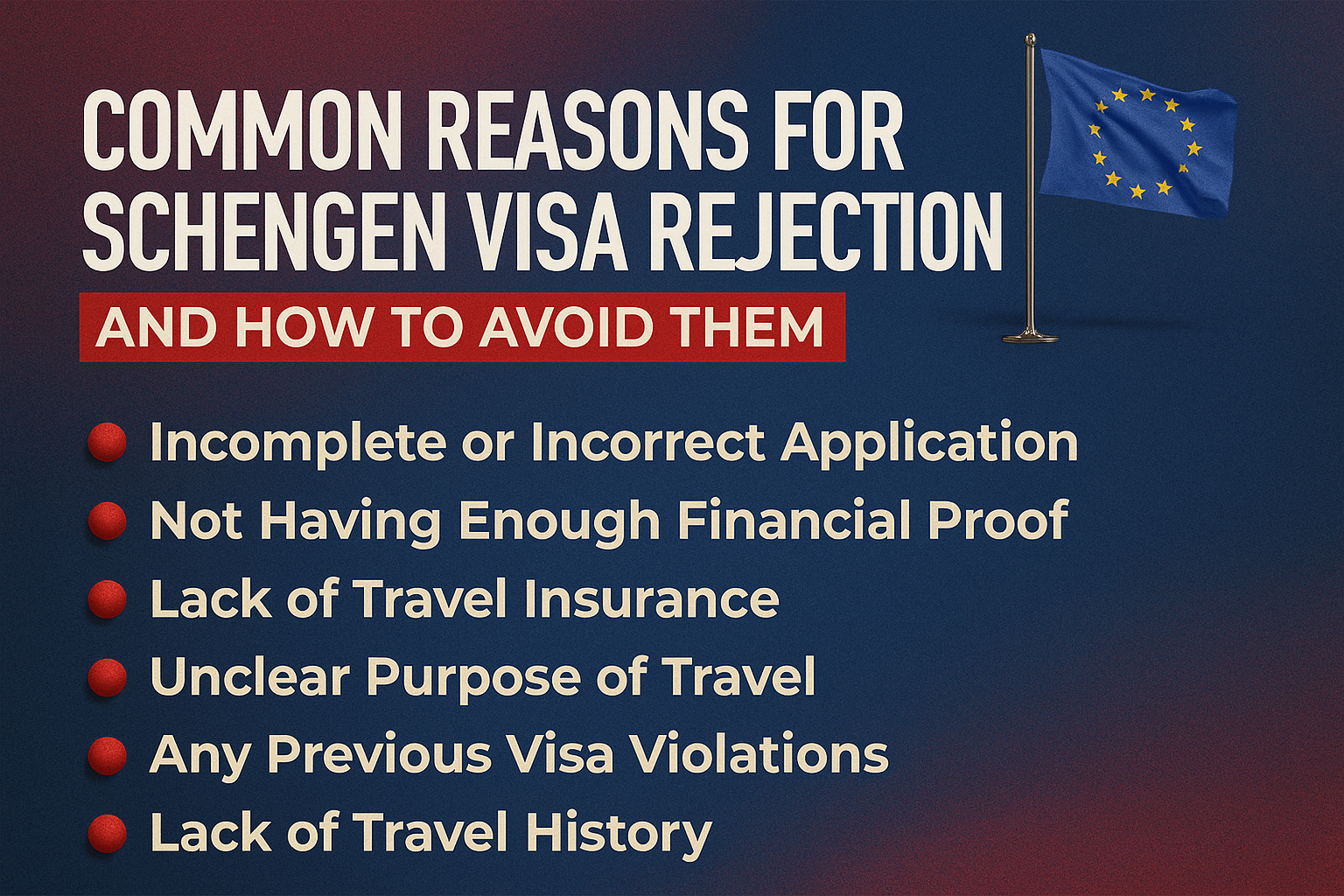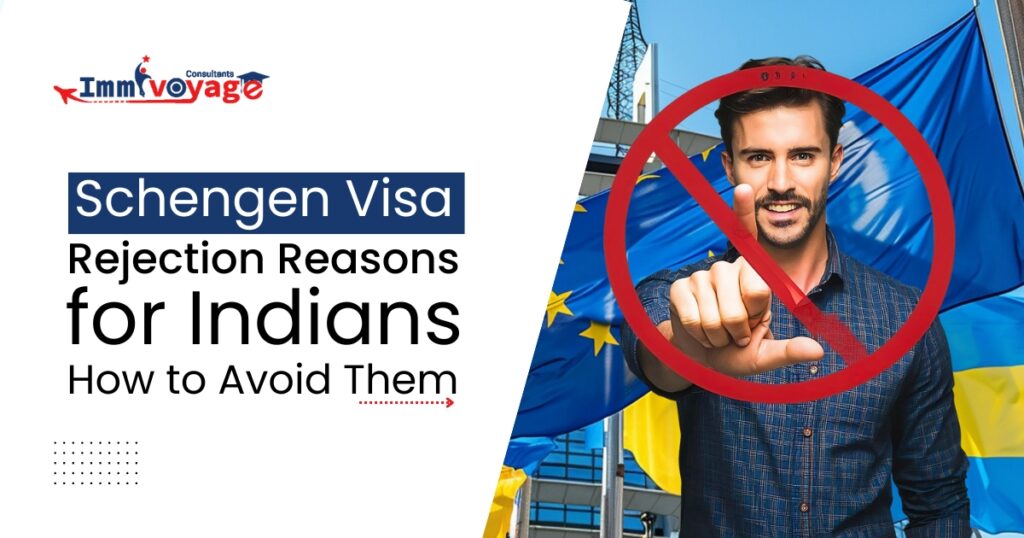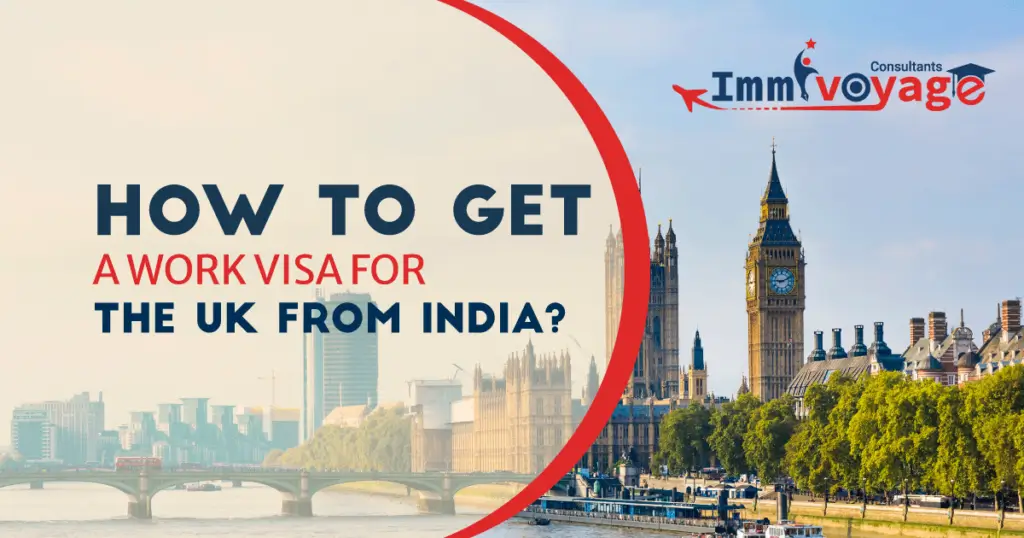If you want to travel to Europe and explore countries like France, Italy, Germany, or Spain, then getting a Schengen visa is the first step. However, many Indians apply for this visa every year, but not everyone gets accepted. This happens because many applicants submit incomplete applications or leave some columns empty.
👉 Not sure what a Schengen visa covers or how it works?
Know More About Schengen Visa
To ensure you avoid these mistakes when filling out your visa application, read the blog. Here, you’ll learn about the common reasons for Schengen visa rejection, how to avoid them, and a detailed checklist of the required documents for your visa. Let’s get into it!
Common Reasons for Schengen Visa Rejection and How to Avoid Them
According to The Economic Times, nearly 1.65 Lakh visa applications for Schengen were denied in 2024. The rejection rates stood at approximately 15%, based on data released by the European Commission.
This number highlight how difficult it is to get Schengen visa for Indians, and the rejection rate is largely due to common mistakes made in the application process.

1. Incomplete or Incorrect Application
One of the major reason of Schengen visa rejection is that people submit incomplete or incorrect documents. For example, missing an important document, such as your travel insurance, bank statement, or invitation letter, can lead to rejection.
Also, errors such as mismatched dates or spelling mistakes in your application form can cause problems.
How to Avoid It: Carefully follow the checklist given by the embassy or visa centre. Double-check all documents to ensure they are up to date, signed, and translated, if necessary.
Don’t forget important papers, such as your cover letter, income tax returns, hotel bookings, and leave approval letter.
Additionally, if it’s your first time filling out a visa application, consult an expert instead of doing everything on your own. They are familiar with the embassy’s working process and can identify any hidden errors in your application form.
2. Not Having Enough Financial Proof
You must prove you have enough money to cover your entire trip, including accommodation, food, transportation, and any emergencies. If your bank statement shows a low balance, irregular income, or large deposits made suddenly, your visa application might be refused.
Additionally, your travel plans should align with your budget; if you’re planning a long trip with limited funds, it may raise suspicion.
How to Avoid It: Submit 3–6 months of recent bank statements showing a healthy balance and regular income. If someone else is sponsoring your trip, include their financial documents and a signed sponsorship letter.
3. Lack of Travel Insurance
Many applicants get rejected simply because they forget to include valid travel insurance with their Schengen visa application. Travel insurance is not optional; it’s a mandatory requirement for all Schengen countries.
How to Avoid It: Purchase valid travel insurance from a reputable provider. It should cover medical emergencies up to €30,000 (around ₹29 lakhs) and be valid for all the countries in your itinerary and for the full duration of your stay.
4. Unclear Purpose of Travel
Visa officers want to understand why you are visiting and where you will stay during your trip. If you don’t clearly explain where you’re going, what you’ll do, and where you’ll stay, the embassy may question your real purpose of visiting.
How to Avoid It: Include a clear day-by-day itinerary with flight bookings, hotel reservations, and the purpose of each activity. Also, write a short cover letter explaining you’re travelling purpose, whether you’re going there for tourism, visiting family, or business, etc.
5. Any Previous Visa Violations
If you have previously overstayed a visa in any country or provided false information in past applications, it will negatively affect your current application. Always be honest and disclose any previous visa refusals or travel issues.
How to Avoid It: Be honest about your travel history. If you were previously denied a visa, explain the reason briefly and clearly in your cover letter. Don’t hide anything, and make sure all information in your current application is truthful and consistent.
6. Lack of Travel History
Visa officers often look for a past travel history to understand whether you are likely to return after your visit. If you have never travelled abroad before, it may cause doubts about your intentions, especially when applying for a Schengen visa for the first time.
How to Avoid It: Mention any past domestic or business trips you had within India to show your travel habits. Show strong ties with your country, such as a steady job, ongoing education or close family ties.
Schengen Visa Document Checklist for Indian Applicants
Many people don’t realize how small mistakes can lead to major setbacks, especially in the visa process. Take the case of Ravi, an IT professional from Chandigarh, who planned a dream trip to Italy.
He booked his flights, submitted every document properly, and even applied for leave at work, but forgot to include his hotel booking information in the visa application. His visa was rejected, and he had to cancel all his plans.
Stories like Ravi’s are more common than you think. Most Schengen visa rejections happen because of missing or incorrect documents. Issues like this can be easily avoided with a proper checklist.
To help you avoid these mistakes and stay organized, we’ve created a free, downloadable Schengen Visa Document Checklist, made especially for Indian applicants.

Personal Documents
- Valid Passport (with at least 2 empty pages & valid for 3 months beyond your return date)
- 2 Recent Passport-Sized Photographs (as per Schengen specs)
- Completed & Signed Schengen Visa Application Form
- Cover Letter (explaining your purpose of travel and travel itinerary)
- Travel History (copies of previous visas, if any)
- Visa Refusal Letter (if you were denied any visa previously)
Travel Documents
- Flight Reservations
- Hotel Bookings (for every night of your stay or invitation letter if staying with someone)
- Day-by-Day Itinerary (mentioning cities, dates, and activities)
- Travel Insurance
- Covers all Schengen countries
- Minimum €30,000 (approx. ₹29 lakh) medical coverage
- Valid for the full duration of your trip
Financial Documents
- Last 3–6 Months Bank Statements (stamped by the bank)
- Income Tax Returns (ITR) for the past 2 years
- Salary Slips (last 3 months)
- Form 16 (certificate of income tax deducted at source (TDS) by the employer)
- Travel Expense Plan (optional but helpful)
- Sponsorship Letter (if your trip is funded by someone else)
- Sponsor’s Bank Statements & ID Proof
Employment or Educational Documents
If employed:
- Leave Approval Letter from Employer
- Employment Certificate / NOC
If self-employed:
- Business Registration Certificate
- Company Bank Statements
If a student:
- Letter from Educational Institution
- No Objection Certificate (NOC)
Other Supporting Documents
- PAN Card Copy
- Aadhaar Card Copy (sometimes requested)
- Marriage Certificate (if travelling with a spouse)
- Birth Certificate (for minors)
- Parent’s Consent Letter (if a minor is travelling alone or with one parent)
Final Review Checklist
Now that you have gathered all your documents, but before you submit your application let’s take a moment to review them carefully to avoid any errors or delays. A thorough final review can make the difference between approval and rejection. Make sure:
- All forms were filled and signed correctly
- All documents are arranged as per consulate instructions
- All non-English documents translated officially
- One full set of photocopies made
- Double-checked travel dates, names, passport numbers, etc.
To get this checklist in a downloaded version so you can print it and use it while preparing your application DM us ‘CHECKLIST’ on WhatsApp
Frequently Asked Questions (FAQs)
From the above, you can guess it might be difficult to get a Schengen visa in one try. However, if you follow the steps properly you can increase the chances of having your visa approved. Here are some common questions that Indian applicants often ask:
1. What are common mistakes in travel itineraries that lead to rejection?
Many people make their travel plans too unclear or too tight. If your travel dates don’t match your flight or hotel bookings, or if your plan is unclear or incomplete, it may raise questions about your reason for travel at the embassy.
2. How can I ensure my application is complete and error-free?
Review every detail in the form to ensure it matches your documents. Go through the embassy’s checklist and collect everything they ask for. Take your time to review everything before submitting. Keeping things clear and organized helps.
3. If my Schengen visa is rejected, when can I apply again?
You can apply again anytime. But before doing that, look at the reason for the rejection and try to fix it. Ensure your next application is stronger and addresses the concerns from before.
Conclusion
Getting a Schengen Visa as an Indian citizen may seem confusing, but it becomes easier when you understand what embassies look for. Most rejections happen due to simple mistakes or missing documents. Being honest, organized, and prepared makes all the difference.
If you want to make this process a little less complex, you can get in touch with Immivoyage Consultants and book your free consultation. They can guide you in your visa process and make your dream of visiting Europe a reality.



